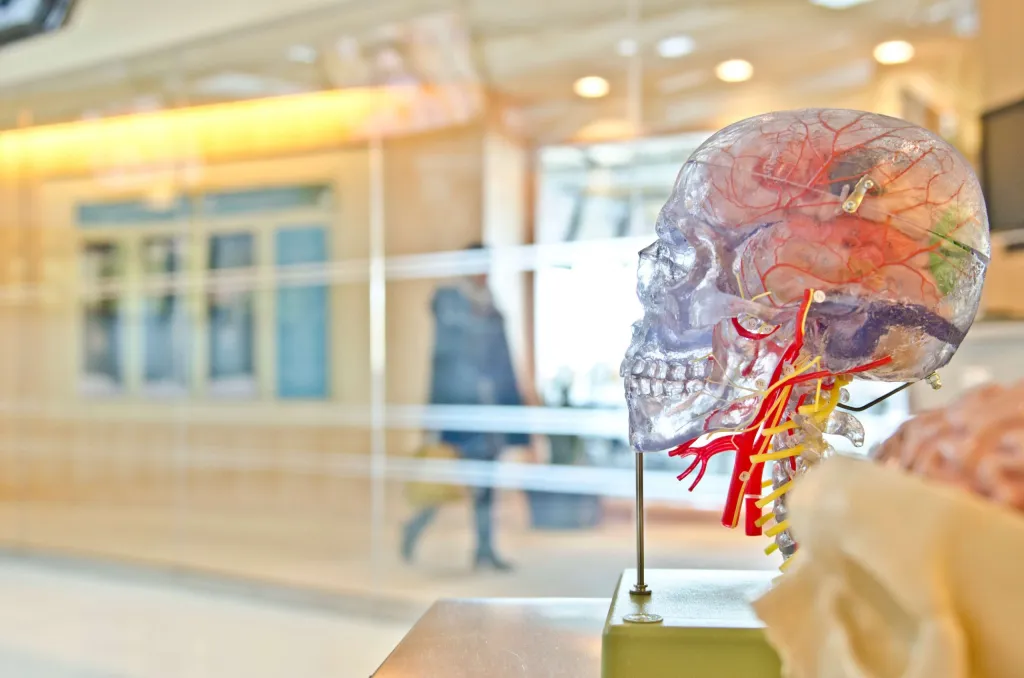
Health
Alcoholic Liver Disease-What Is It, How Does It Occur, Signs, Symptoms, and Complications?
|
Alcohol is a psychoactive substance. It leads to alcohol dependence and causes certain physical, psychological, and social problems. Excessive alcohol consumption can lead to alcoholic liver disease.
Alcoholic liver disease is not a single entity. It contains a spectrum of diseases which are steatosis (meaning fatty liver), hepatitis, fibrosis, cirrhosis, and hepatocellular carcinoma (liver cancer).
How does drinking alcohol affect the body?
It depends upon the duration as well as the amount of alcohol the person is consuming. When a person drinks around 80 grams of alcohol for several days it can produce reversible hepatic steatosis. If a person drinks 80 grams or more of alcohol daily, it can lead to severe hepatic injury. When this amount goes up to 160 grams or more for around 10-20 years, it leads to very severe injury.
An important thing to note is that around 10-15% of alcoholics develop cirrhosis. Other factors such as the ethnicity of the person, genetics, and family history also play a role.
The three major disorders which are part of alcoholic liver disease are:
- Hepatic steatosis i.e. fatty liver disease
- Alcoholic hepatitis (inflammation of the liver) and then,
- Cirrhosis
How does alcohol cause liver disease?
Alcohol works by multiple methods by which it causes shunting of normal substrates away from catabolism i.e. their breakdown and towards lipid (fat) biosynthesis. It increases lipid biosynthesis and causes fatty liver. The first method by which it acts is by excessive NADH generation. NADH stands for “nicotinamide adenine dinucleotide (NAD) + hydrogen (H).” This molecule occurs naturally in the body and plays a role in the chemical process that generates energy.
So what happens is, alcohol is converted by alcohol dehydrogenase (an enzyme) to acetaldehyde. The acetaldehyde is converted by acetaldehyde dehydrogenase to acetate. This results in increased NADH production.
NADH inhibits fatty acid oxidation and causes increased fatty acid synthesis.
Alcohol induces cytochrome P450 activity. The cytochrome P450 enzymes are membrane-bound hemoproteins that play a pivotal role in the detoxification of xenobiotics, cellular metabolism, and homeostasis. A xenobiotic is a chemical substance found within an organism that is not naturally produced or expected to be present within the organism. It also includes substances that are present in much higher concentrations than are usual.
Free radicals are formed and can cause damage to the cellular proteins and membranes. Alcohol also directly affects the microtubular and mitochondrial function which leads to an immunological attack on the hepatocytes (liver cells).
Acetaldehyde also causes lipid peroxidation and high protein adduct formation. Adduct formation disrupts protein structure and function and also damages the metabolic pathways in the cell. Acetaldehyde also leads to stellate cell activation which will further lead to cirrhosis. Stellate cells are activated with liver injury and cause liver fibrosis.
Another important thing that is affected by alcohol is gut bacteria. When a person consumes alcohol, it leads to the translocation of the gut bacteria to the portal system. A portal system is an arrangement by which blood collected from one set of capillaries passes through a large vessel or vessels, to another set of capillaries before returning to the systemic circulation.
This leads to an increase in the inflammatory and immunogenic mediators because these bacteria were supposed to be present in the gut but now they are present in the portal system. This causes an inflammatory state in the liver.
What are the signs and symptoms of alcoholic liver disease?
Some people with alcoholic liver disease don’t have symptoms until the disease is advanced. Others start showing signs earlier.
Signs and symptoms of alcoholic liver disease include:
Nausea
Loss of appetite
Weight loss
Jaundice (yellowing of the eyes and skin)
Fatigue
Dull ache or discomfort in the abdomen
Swelling in the ankles or abdomen
Confusion or drowsiness
Vomiting blood or dark stools
Bleeding gums
Redness of the palms and soles
Low-grade fever
Enlarged breasts in men
What are the laboratory findings in a person with alcoholic liver disease?
- Anemia – A patient will have anemia usually macrocytic anemia
- Hypoproteinemia – Decrease in globulins and/or albumin levels
- Decreased levels of clotting factors
- An increase in bilirubin levels
- Elevated liver enzymes – there can be elevation of alkaline phosphatase, aspartate aminotransferase (AST), alanine aminotransferase (ALT). In the case of alcoholic liver disease, AST levels are higher than ALT.
What is the prognosis of alcoholic liver disease and possible causes of death?
If there is steatosis or hepatitis, they are reversible. But if progression takes place to cirrhosis which is irreversible, it can lead to hepatic encephalopathy and hepatic coma. Portal hypertension can lead to massive gastrointestinal hemorrhage. However, other complications of alcoholic liver disease are infection, hepatorenal syndrome, and also hepatocellular carcinoma. Around 1-6% of persons developing alcoholic cirrhosis develop hepatocellular carcinoma.
Did you find my article “Alcoholic Liver Disease-What Is It, How Does It Occur, Signs, Symptoms, and Complications?” helpful, or know somebody who would? I’d really love it if you could share it.



